Los Artículos sobre Mascotas (Perros o Gatos) de PETSmania
Ir a indice de Artículos
Terrier Ratonero Americano
Estandar de la Raza Terrier Ratonero Americano
Por :
(Estados Unidos)
Seccion:
Official Standard of the Rat Terrier
(Terrier Ratonero Americano)
General Appearance:
The Rat Terrier was originally bred for ratting and farm work. A multipurpose companion dog that is capable of hunting rodents and vermin above and below ground, and to course small game. He is a sturdy, compact, small-to-medium sized parti-colored dog giving the appearance of elegance and fitness, denoting speed, power and balance. Honorable scars or a couple of broken or missing canines or incisors teeth are not to be faulted. The following is a description of the ideal Rat Terrier. Variations are penalized to the extent of the deviation.
Size, Proportion, Substance:
Size - There are two separate size divisions.
- Miniature - At least 10 inches, not to exceed 13 inches.
- Standard - over 13 inches, and up to and including 18 inches in height measured at the withers.
Any dog six months of age or older measuring less than 10 inches, or any dog over 18 inches are to be disqualified.
Proportion - The Rat Terrier is just slightly longer than tall. The height, measured vertically from the ground to the highest point of the withers, is slightly less than the length, measured horizontally from the point of the shoulders to the point of the buttocks. Shortness in leg is a serious fault.
Substance - Moderate bone in proportion to size. A well-balanced, hard-muscled dog with smooth lines under taut skin. This dog should not be rangy nor fine boned and toyish, and never bulky or coarse. They are shown in good, hard physical working condition.
Head:
The head resembles a smooth, blunt wedge from a front or profile view. When seen from the front, the head widens gradually towards the base of the ears in an unbroken line and is well filled up under the eyes.
The expression is intelligent, alert and full of interest.
The eyes are not large. They are obliquely set wide apart and are oval in shape. Eye color varies with coat color from darkest brown to hazel. Eye rim pigmentation corresponds with nose color and facial markings. Gray eyes are acceptable in blue or blue-fawn dogs only, being a serious fault in other colorations. Any blue in the eye(s) is a disqualification.
Ears - Set on the top outer edge of the skull, V-shaped, with the length in proportion to the head moderately pointed at the tip. When viewed from the side, the base of the ear is on line with the outer corner of the eye. Ears should match in shape and carriage when alert, and can be carried erect, semi-erect and tipped, or button without preference. When alert, a rose ear is a fault. Cropped ears are a disqualification.
Skull -When viewed from the front the skull is moderate in width, relatively flat on top, and rounded at crown and the sides as it widens smoothly from the corner of the eyes to the base of the ears. The occiput is not prominent. The cheeks are flat and well-muscled, but never bulging. The stop is moderate but distinct.
The muzzle is strong, just slightly shorter in length than the skull and tapers smoothly along the sides to the nose. The nose color corresponds with the body color and is entirely pigmented. Flesh-colored noses are considered a fault in lemon or light apricot colorations while being a serious fault in other colorations. Seasonal fading is permitted. The lips are clean and tight, and correspond in color with the nose leather or may be pink; either solid or spotted is acceptable. The lower jaw and teeth are strong and well developed with no sign of being snipey or weak.
Bite- A scissor bite is preferred. A level bite is acceptable.
Neck, Topline, Body:
Neck - Length of neck is in proportion to the head. Strong, arched along the crest and dry, the neck blends smoothly into the flat shoulder blades.
Topline - Smooth and blending from the back through the loin and set of the tail.
Body - The body is compact, strong and flexible with well sprung ribs. The brisket extends to the elbow. When viewed from the front, the ribs appear to be oval. The Rat Terrier, while muscled and fit, has flat muscles that blend into the body. The chest is moderately wide and well filled with a discernible forechest. The underline ascends gradually with the ribs extending well back to a moderate tuck-up. Back - The back is level and firm from the withers to the loin. The short loin has a slight muscular arch blending into the gently rounded croup.
Tail - The tail set is a continuation of the spine. Tails are customarily docked between the second and third joint, or can be a natural bobtail or left naturally long and tapering to the hock joint. Length is unimportant. The carriage is variable depending on attitude, carried from slightly below horizontal to almost erect, but not over the back or a ring tail.
Forequarters:
The shoulder blades are well laid back with flat muscles providing enough space between the shoulder blades to allow for free movement. The shoulder blades and the upper arms are nearly equal in length and well set back so that the elbows fall directly under the highest point of the shoulder blade. The depth of the body at the elbow is the same distance as from the elbow to the ground. The forelegs stand straight and parallel with elbows turning neither in nor out.
The pasterns are slightly sloping when viewed from the side. The feet are oval in shape. The toes turn neither in nor out, are compact, moderately arched, with thick pads and strong nails. The front dewclaws may be removed.
Hindquarters:
The hindquarters are muscular but smooth and in balance with the forequarters. They should not be bulging or coarse. Stifles are well-bent with short hocks that are parallel and perpendicular to the ground. The hind feet although slightly smaller are similar to the front feet. Rear dewclaws are removed.
Coat:
Short, close lying, smooth and shiny coat. Texture varies; a very slight ruff or wave along the back is allowed, but undesirable. Any suggestion of kink or curl is cause for disqualification. Whiskers must not be removed. Absence of coat (total genetic hairlessness) is a disqualification.
Color:
Any variation of pied patterning is acceptable. Pied is described as comparatively large patches of one or more colors in combination with white. Except for the "solid white" extreme piebald dog with only mottled/spotted skin.
Disqualification - Rat Terriers are never a solid ground color without white markings, or bi-colored without one color being white. Acceptable colors with or without "tan points", include the predominate black, or chocolate, red, apricot, blue, fawn, tan, lemon, or white. Intense, dark shades of color with clearly defined and delineated coloration is preferred. White on the body is preferred to be between 10 percent and 90 percent, but all patterns; spotted, patched or splashed with white in conjunction with (or without) any combination of white on the face, head or ears are equally acceptable without prejudice. "Tan points" are common and vary in shades of cream to rust. Badger markings are acceptable. Speckling, ticking and mottling is common, but heavy ticking is undesirable. Sabling is permitted in the coat or as shading on the head or penciling on the toes. A "black mask/black muzzle", on a dog not having black as coloration is to be seriously faulted. A few white hairs do not constitute an acceptable marking. A minimum white marking consists of a patch or strip of white with underlying white/pink skin on the forechest or body that exceeds one inch. Less than one inch of white at its widest dimension is a disqualification. Brindle or merle color patterns are disqualifications.
Gait:
A ground-covering efficient trot with good reach and drive suggesting agility, speed and power. The legs are parallel at a trot, but as speed increases, the legs converge toward a center line. There should be no elbowing out, weaving or rolling action while in motion.
Temperament:
Keenly observant, devoted, full of energy, yet easily trained and obedient to command. The Rat Terrier is a non-sparring breed and generally friendly with other dogs, but may be reserved with strangers. Submissiveness is not a fault. Overt aggression and excessive shyness should be penalized.
Disqualifications:
- Any dog over six months of age measuring less than 10 inches, or over 18 inches.
- Any blue color in the eye(s).
- Cropped ears. An absence of coat (genetic hairlessness).
- Any suggestion of kink or curl, or coat type other than described.
- Solid colorations (other than white).
- Bi-colors without white, or dogs with a patch or strip of white measuring less than one inch at its widest dimension.
- Brindle or merle color patterns.
Approved November 11, 2009 Effective July 1, 2010
Nota: no se responsabiliza de la informacion u opiniones vertidas en estos contenidos ni tiene por que estar de acuerdo con ellos.
Mostrando la pagina 1 de 52
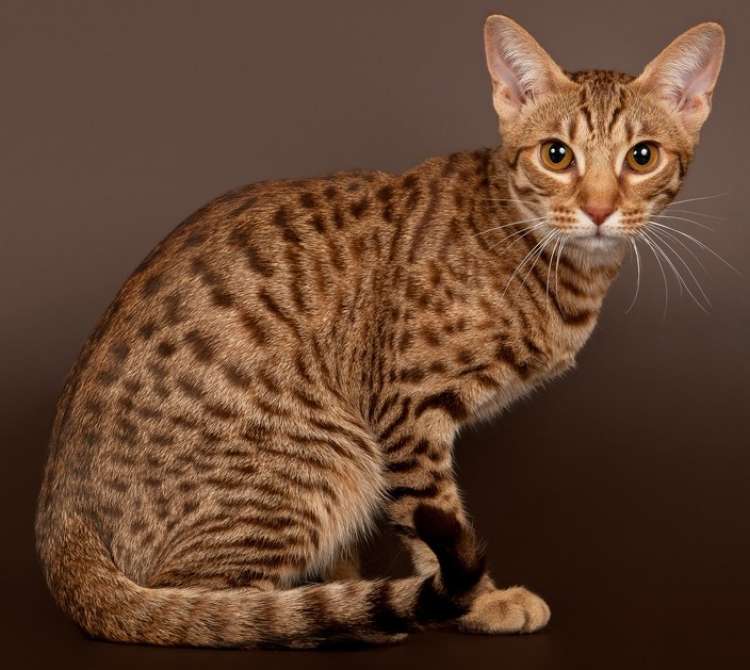
Ocicat
Cómo es la raza del gato Ocicat o gato Ocelote
Seccion: Cómo es la raza del gato Ocicat o gato Ocelote
Este gato, junto otras razas como el Mau egipcio o el gato de Bengala, es uno de los felinos con una apariencia más salvaje. ...
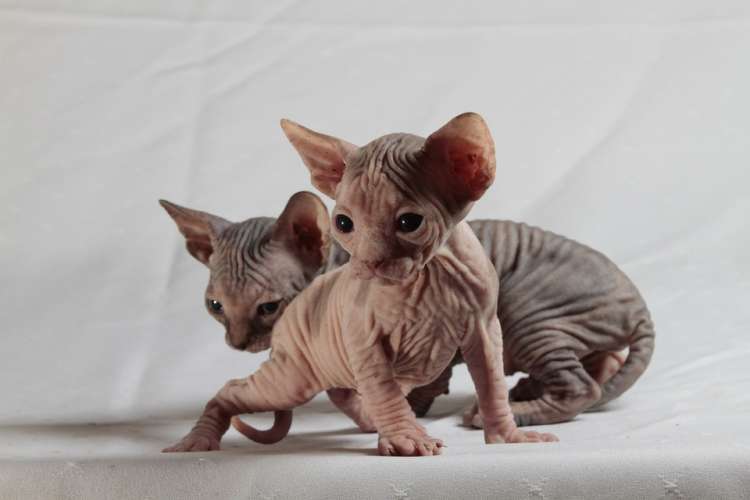
Sphynx
Cómo es la Raza del Gato Sphynx, Esfinge o Egipcio
Seccion: Cómo es la Raza del Gato Sphynx, Esfinge o Egipcio
Esta raza de gato ha estado rodeada de prejuicios desde su aparición debido al desconocimiento generalizado que existe sobre su origen y sobre todo, de sus cualidades. Son estupendos compañeros y muy buenos c ...
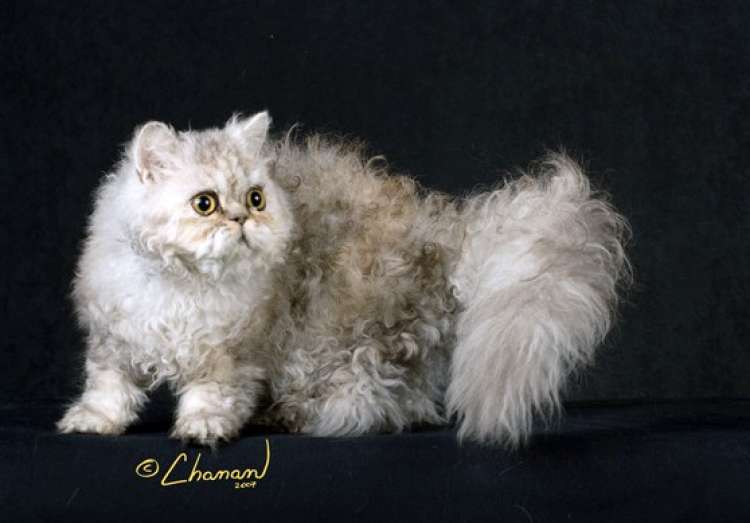
Selkirk Rex
Cómo es la raza del gato Selkirk Rex
Seccion: Cómo es la raza del gato Selkirk Rex
El Selkirk Rex es una de las más recientes razas naturales cuya característica principal está en su pelo rizado. Se dice que es una raza natural porque ha nacido de una mutación espontánea en la que no ha ...
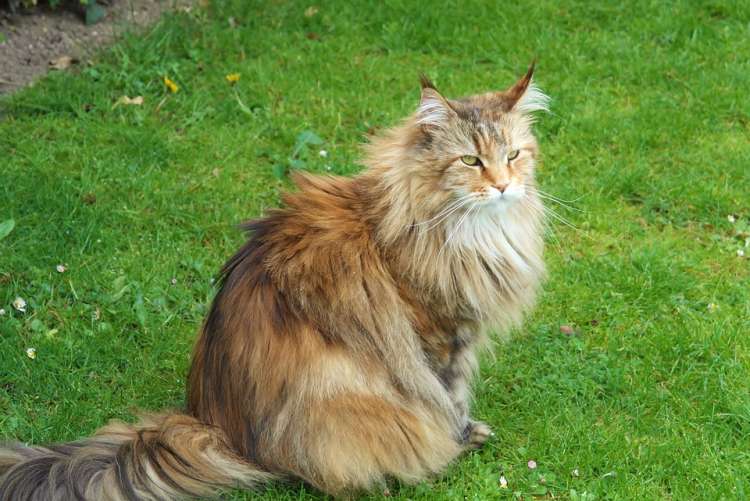
Siberiano
Cómo es la raza del Gato Siberiano
Seccion: Cómo es la raza del Gato Siberiano
El Gato Siberiano, grande y poderoso, origen ruso muy activo y cariñoso, junto al Maine Coon y al Bosque de Noruega, es uno de los integrantes de los llamados ?gatos de bosque, con quienes comparte caracterís ...
MIELOPATÍA DEGENERATIVA
Seccion: Un Resumen de la enfermedad Mielopatía Degenerativa (D.M.). La Mielopatía Degenerativa canina (D.M.) es una enfermedad neurodegenerativa grave con inicio tardío aproximadamente al octavo año de edad. ...
Resumen de la Enfermedad de VON WILLEBRAND (vWD).
Seccion: Un Resumen de la enfermedad de Von Willebrand (vWD). La enfermedad de von Willebrand (vWD) es el trastorno hemorrágico de carácter hereditario más común, el cual abarca desde una forma asintomática hasta ...
Kerry Blue Terrier
Degerative Mielopaty (DM)
Seccion: Degerative Mielopaty (DM)
Degerative Mielopaty (DM) is an important neurodegerative disease which starts at an old age around 8 years of age. The disease is produced by a degeneration of the axons and of the myelin in the thoracic and s ...
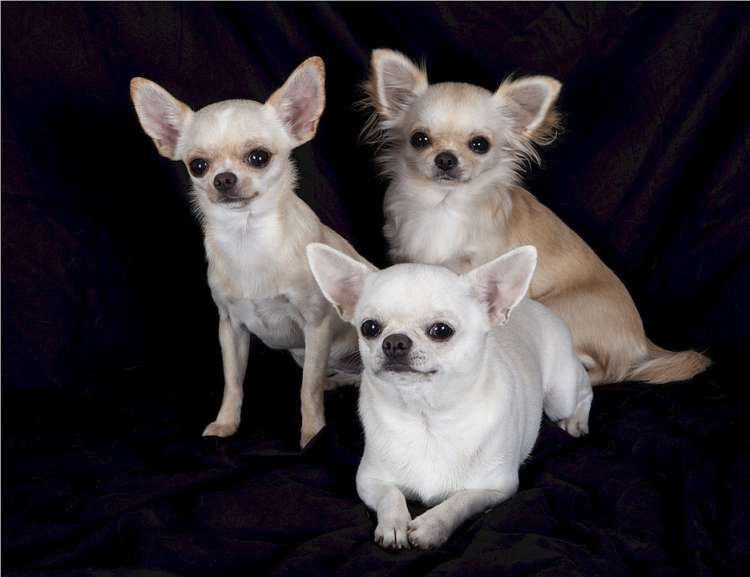
Chihuahueño
Cómo es la raza del chihuahua
Seccion: Cómo es la raza del chihuahua
El perro chihuahueño, es considerado la raza de perro más pequeña del mundo. Es originaria de México. También conocido fuera de México como chihuahua. ...
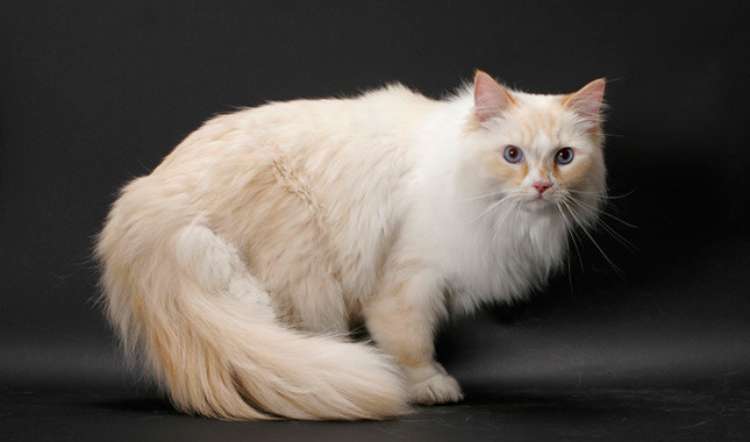
Cómo es el gato Ragamuffin
Seccion: Una raza muy poco conocida, con un origen misterios, pero gatos de gran corazón, cariñosos y sociables. Conoce un poco más de esta raza.´ ...
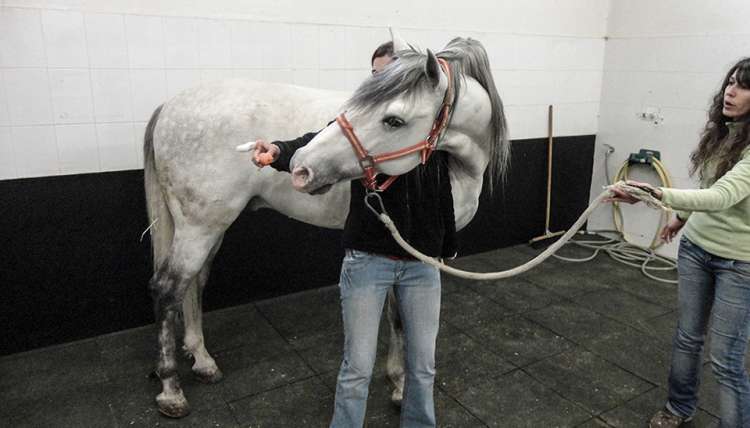
¿Qué es la Fisioterapia Animal?
Seccion: La Fisioterapia según la Organización mundial de la Salud ( O.M.S.) se define en 1958 como: ?La técnica y la ciencia del tratamiento a través de: medios físicos, ejercicio terapéutico, masoterapia y elect ...

Por :

La Homeopatia.
Seccion: La Homeopatía Unicista es un sistema médico que se basa en leyes naturales. ...

Por :
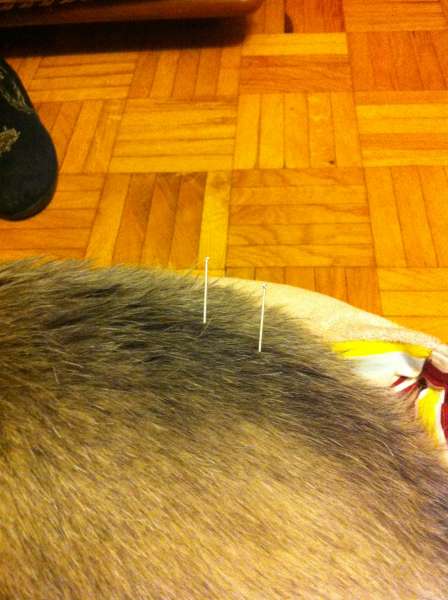
¿Qué es la Acupuntura?
Seccion: Consiste en la inserción y manipulación de agujas en el cuerpo con el objeto de restaurar la salud y el bienestar. Buscamos el equilibrio entre el cuerpo y la mente. ...

Por :
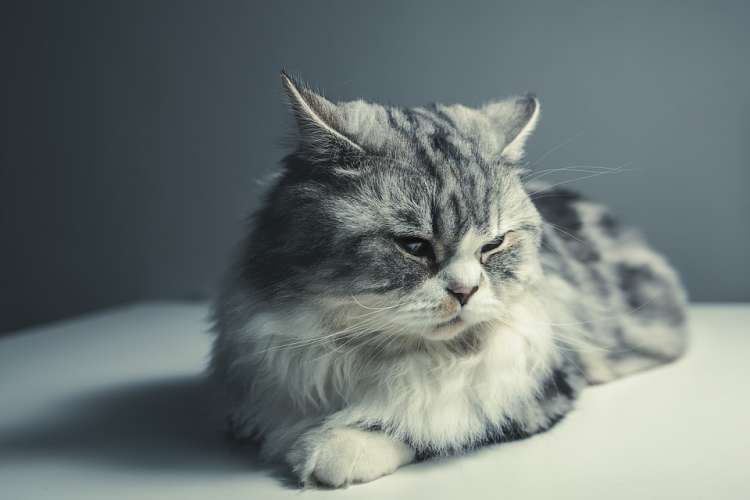
Persa
Cómo es la raza de gato Persa
Seccion: Cómo es la raza de gato Persa
Después de pasar varias décadas siendo gatos exclusivos de la realeza y de personalidades de la música, escritores o gente influyente, el gato persa es en la actualidad una de las razas de gatos más codicia ...
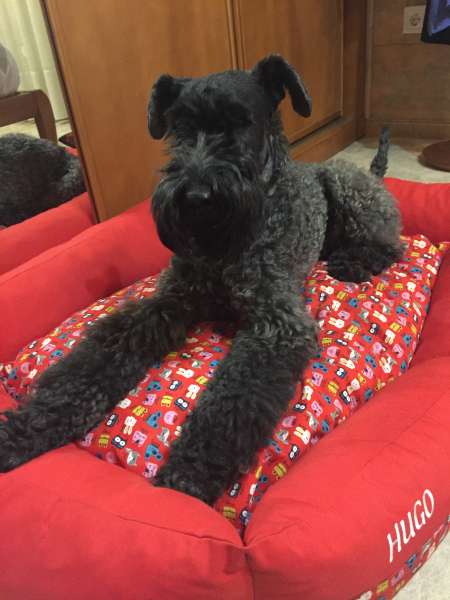
Kerry Blue Terrier
Historia de Hugo
Seccion: Historia de Hugo
Tú estás loca Paquita, no tienes bastante con los niños, los colegios, las clases particulares, la casa... como para ahora echarte también el cargo de un perro. Pues a mi casa ni se te ocurra traérmelo, e ...
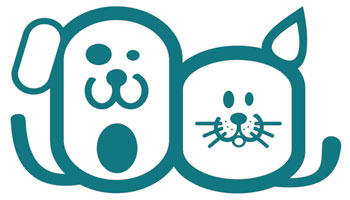
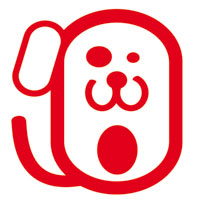
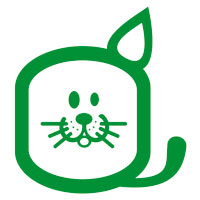




















 akc.org
akc.org